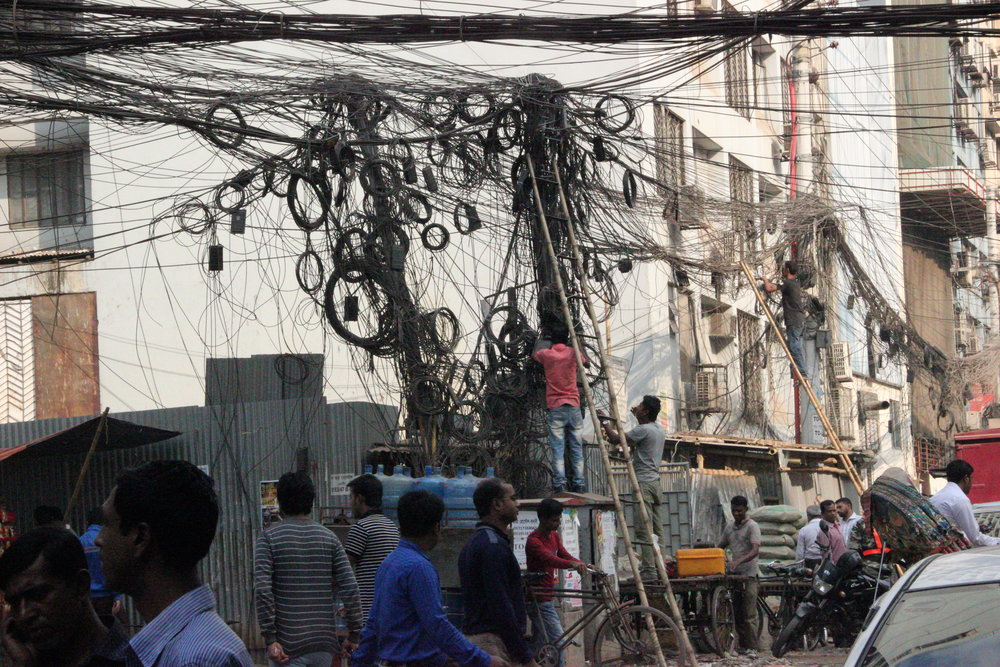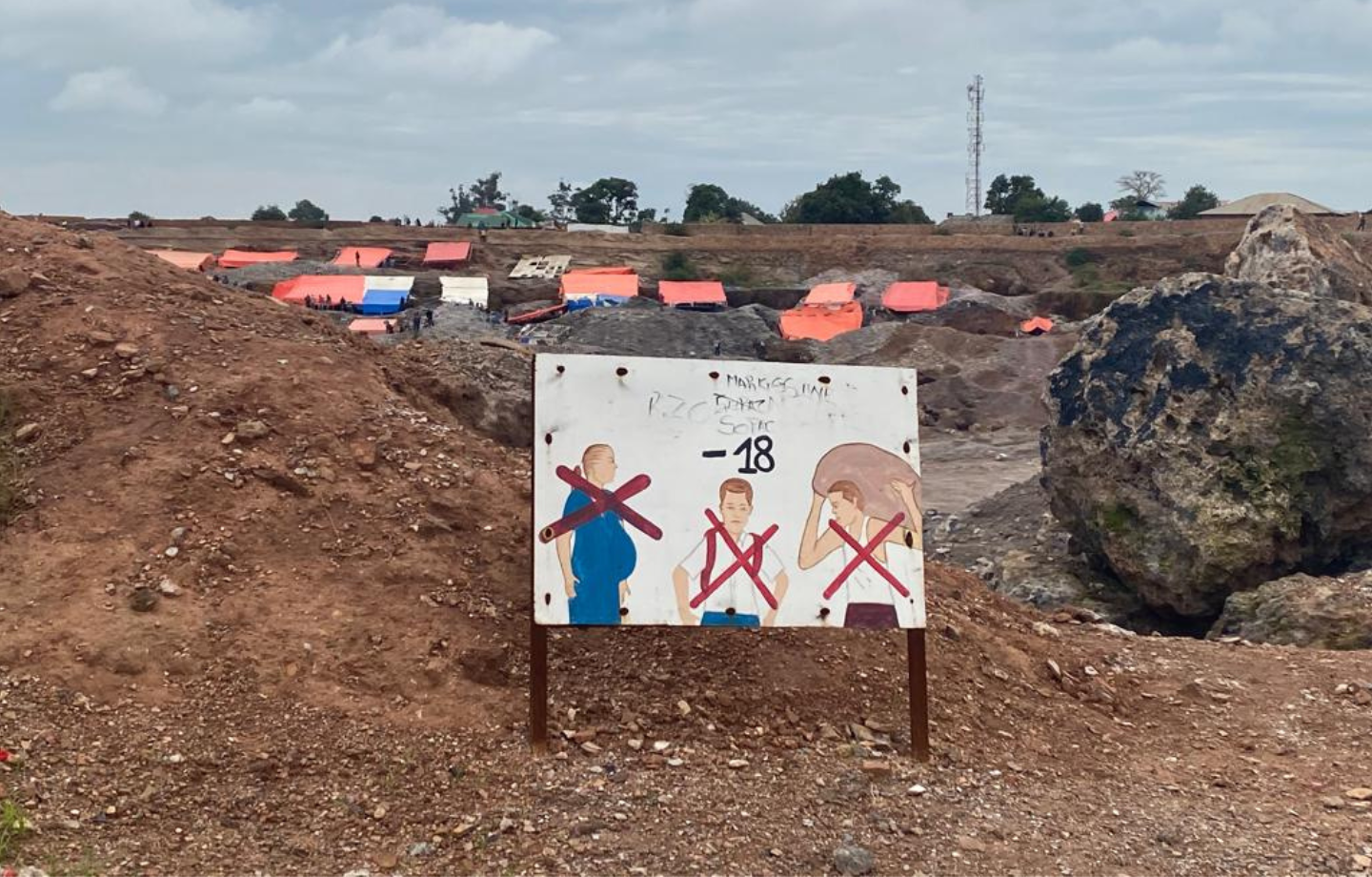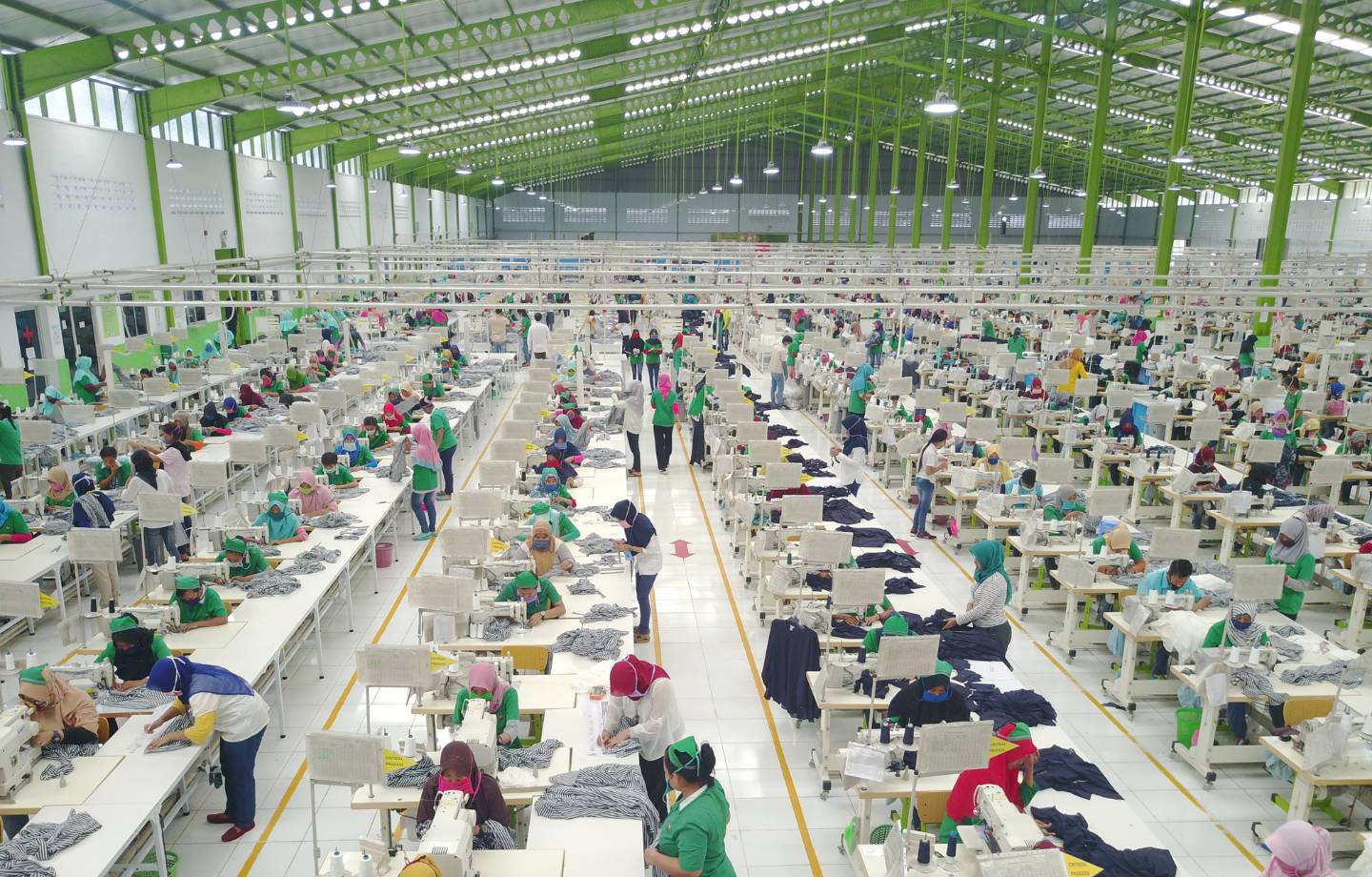Determining the True Cost of Remediating Bangladesh’s RMG Sector

September 7, 2017
Nearly five years ago the Rana Plaza factory tragedy killed more than 1,100 garment workers in Dhaka, Bangladesh. The incident sparked two collective efforts, Alliance for Bangladesh Worker Safety and the Accord on Fire and Building Safety in Bangladesh, which brought together apparel brands, governments, and civil society groups, to work to inspect and remediate ready-made garment (RMG) factories. However, as the NYU Stern Center for Business and Human Rights found earlier this year, remediation efforts are behind schedule, and the vast majority of factories in the industry still have major electrical, structural, and fire safety issues.
While the RMG industry has gathered some resources in an effort to complete the remediation effort, the sums are insufficient to address the full universe of factories. In June 2016 by the International Finance Corporation (IFC) and International Labor Organization (ILO) published a study estimating the funding gap needed to remediate the RMG sector was hundreds of millions of dollars.
The study assessed current progress made by the three main initiatives at work in Bangladesh (Alliance, Accord, and the Bangladeshi government’s National Tripartite Plan of Action on Fire Safety and Structural Integrity in the Garment Sector of Bangladesh, the NTPA, which inspects and remediates some factories not covered under the Alliance and Accord). Based on these reports, it calculated what the total cost of making all RMG factories in Bangladesh safe and sustainable would be 635 million USD. Using estimates of how much money will be specifically available to the RMG sector through various financing options and funds, the IFC/ILO concluded that as of June 2016, the remaining funding gap of the total cost of remediating Bangladesh’s apparel industry is 448 million USD.
While this estimate draws valuable attention to the magnitude of the financing gap, new research by the NYU Stern Center finds that this estimate is far too low.
Our research highlights three problems with the study’s estimate.
1. The IFC/ILO study relies on an insufficient number of factories that require remediation. The study relies on the figure of 3,778 RMG factories enrolled in the Accord, the Alliance, and the NTPA. However, the NYU Stern Center has shown through extensive field research in Bangladesh that there are more than 7,100 factories producing for the garment sector, many of which fall outside the scope of the three initiatives. This figure was recently confirmed in an independent field study from the BRAC University’s Centre for Entrepreneurship Development, which identified over 8,000 facilities producing for the RMG industry in Bangladesh.
2. The study does not factor in Bangladesh’s infrastructural deficiencies, which contribute to the poor safety standards in the sector. The weak electrical grid in Bangladesh forces factory owners to rely on heavy and precariously placed generators. A poor transport system inhibits the ability of emergency vehicles to respond to factory disasters such as fires, as they often cannot be reached by trucks. The garment sector cannot be considered safe and sustainable without efforts being made to address these crucial risks.
3. The study does not consider ongoing costs to train the labor force or establish and maintain grievance mechanisms. These programs empower workers to protect their own rights and safety; they enable them to voice safety concerns before accidents occur, and equip them with knowledge of how to protect their own safety in an emergency.
Recent developments in the remediation effort are promising. An initiative to digitally map all Bangladesh garment factories was launched earlier this month in a bid to create more transparency in the RMG industry. The Accord has also recently announced an extension of its mandate until 2021, adding additional items to their remediation agenda. However, the need to develop adequate strategies and funding models to upgrade Bangladesh’s most important export sector remains urgent. Problems plague the safety, efficiency and reputation of the industry: there has been no mutual consent within Bangladesh concerning the extension of the Accord, the role of the Bangladesh government’s own Remediation Coordination Cell (RCC) is unclear, and RMG factory incidents such as the boiler explosion in July this year continue to occur.

In the wake of new confirmation that the size of the RMG sector in Bangladesh is much larger than current numbers acknowledge, it is more apparent than ever that stakeholders must come together to develop and advance a collective remediation strategy. This strategy must include the 3 million RMG workers employed in facilities that fall outside the scope of the Accord, Alliance and the NTPA; as well as more general costs of totally remediating the RMG sector. An accurate estimate of the cost of implementing this strategy will then allow stakeholders to fundraise, allocate resources, and ensure that the entire garment sector is remediated.
 Global Labor
Global Labor


